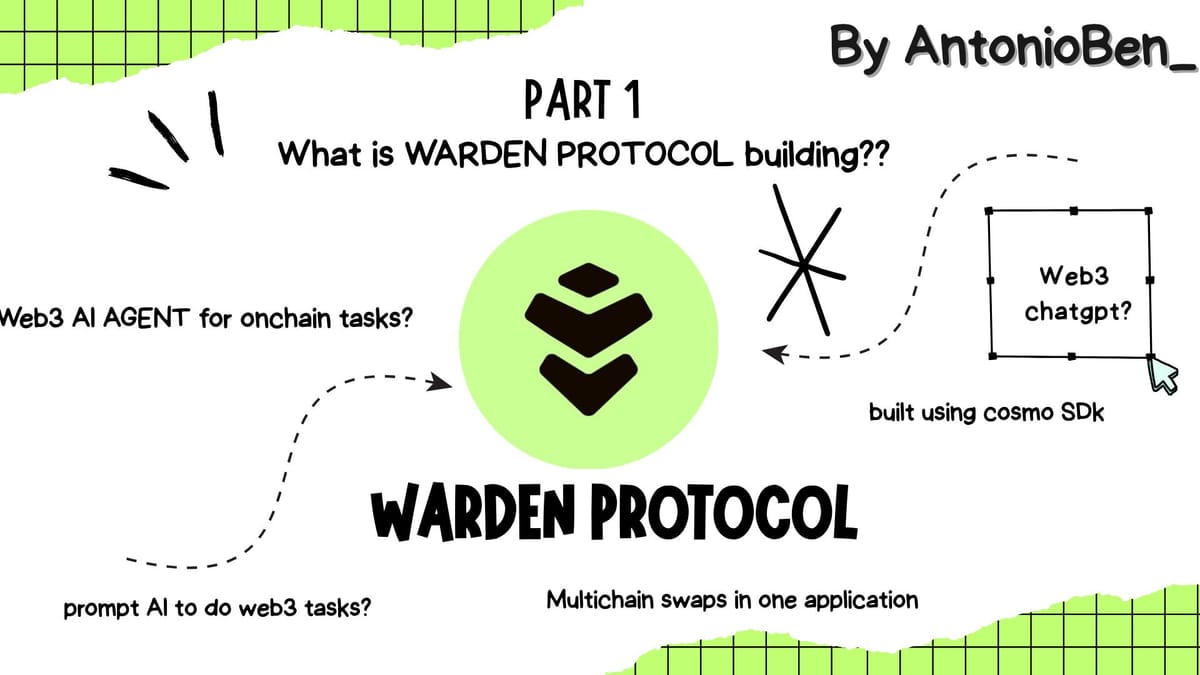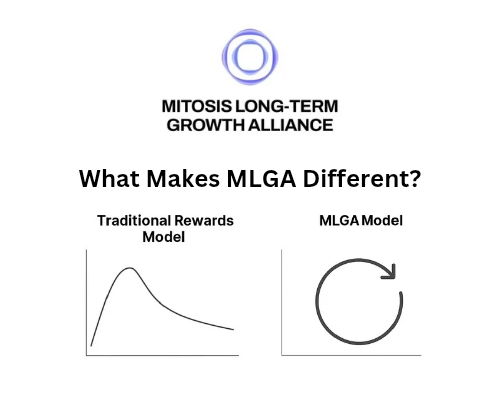What is Warden Protocol Really Building?

INTRODUCTION
Most blockchains were never meant for artificial intelligence.
They were created to move tokens, run simple smart contracts, and power financial applications. But they cannot support apps that can think, plan, or act on their own. That is the gap Warden Protocol is filling.
Warden is not just another blockchain. It is a new Layer One chain built specifically to let intelligent agents live and act on-chain. This is about more than automation. It is about giving apps the power to reason.
What Makes Warden Different
Warden is a full Layer One chain. That means it is not built on top of Ethereum or Solana. It has its own validators, its own consensus, and its own design choices.
It is built using something called the Cosmos SDK. You can think of that like a box of building blocks for custom blockchains. That gives Warden full control over how its system works from the ground up.
This control is important. You cannot build advanced logic for smart agents if your base chain is not designed to support them. Warden is.
Built for Developers from All Backgrounds
Warden supports the Ethereum Virtual Machine. So developers who write in Solidity can build here.
But it also supports CosmWasm, which is more flexible. That gives developers more tools and more control to build intelligent applications.
In short, Warden welcomes builders from Ethereum, Cosmos, and even outside ecosystems.
A Chain That Talks to Other Chains
Warden supports IBC, which is the communication standard of the Cosmos ecosystem. IBC lets chains send messages and assets to each other securely.
This means a smart agent on Warden can access information or funds from other blockchains. It does not stay limited to Warden’s chain. It can reach into the wider multichain world.
This makes Warden applications far more powerful in practice.
The Core Structure of Warden
At its foundation, Warden is made of three layers working together:
- A base chain where applications run
- A logic layer where agents think and decide
- A system that verifies every action is honest and secure
Each of these layers is designed to support intelligent activity natively.
We will explore the logic and verification layers in the next part of the series.
Why Not Build on an Existing Chain?
Most chains are made for people to send transactions. They expect a human to push a button.
Warden flips that. It is made for autonomous agents that can make decisions without waiting for a user. That means it needs a chain with different rules.
Warden is built for asynchronous logic. It supports agents that do not just respond to instructions but plan and act with their own decision-making process.
That is something traditional chains struggle with.
Real World Example
Let’s say you deposit stablecoins into a vault.
An agent on Warden monitors your risk, manages your yield farming positions, moves funds across chains, and avoids liquidation. You do nothing.
That agent thinks for itself, takes action, and keeps your portfolio in check. This works only because Warden was built to make it possible from the infrastructure level.
What Warden Is Actually Building
Warden is not chasing speed. It is not trying to copy Ethereum. It is building something new.
It is a smart chain for smart agents.
A home for intelligent applications.
A secure place where decisions can be made on-chain and across chains.
Warden App feature today: Send to X Handle
No wallet address needed. Just type @theirhandle and send.
This is just the beginning. In the next part of the series, we will explain how agents think and act safely using something called the AVR and SPEX system, warden application, and many more
Stay tuned.

Comments ()